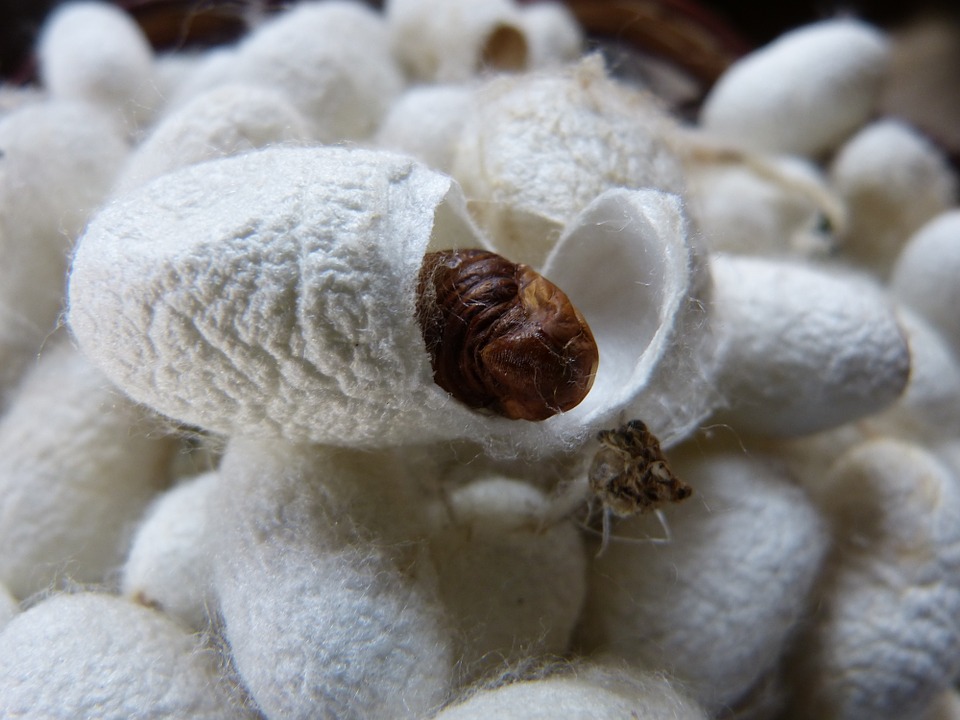Taken from Sanskrit, the word ‘Ahimsa’ means peace or non-violence. It was Mahatma Gandhi and his followers’ ideology during the Indian freedom struggle.
Silk is a one of the more luxurious fibres chosen especially to make clothes of grandeur. Although many different species of insects produce silk, it is the larvae of the moth caterpillars that is chosen for textile manufacturing.
Although this fine fibre is loved by many, the story of how it is manufactured is a sad one. Traditionally, silk farmers breed the moths, which lay their eggs on specially prepared paper. Once they hatch, the caterpillars are fed mulberry leaves until they are heavy and ready to start spinning its cocoon. Once it reaches its pupae stage, it is immersed in boiling water to kill it and then the fibre is removed.
Over the years, many have tried to find alternatives means of procuring the silk, without killing the insects. It was Mr Kusuma Rajaiah form Andhra Pradesh, who was finally able to patent a sustainable method of extracting the silk in 2002.
He called th e silk Ahimsa silk or peace silk. The process is very different from regular silk. In case of Ahimsa silk, either the pupae is allowed to hatch and the left over cocoon is used or the pupae is cut open, without hurting the larvae inside. This method also protects the
e silk Ahimsa silk or peace silk. The process is very different from regular silk. In case of Ahimsa silk, either the pupae is allowed to hatch and the left over cocoon is used or the pupae is cut open, without hurting the larvae inside. This method also protects the
silk from contamination through moth urine.
The ahimsa silk is kept away from all forms of chemical fertilizers. Even the larvae is fed wild mulberry leaves, which are not polluted by chemicals.
Although slightly more expensive than regular silk, the material comes with a conscience. The rising demand for Ahimsa silk is a testament to the amount of hard work put in to save the lives of the insects.
